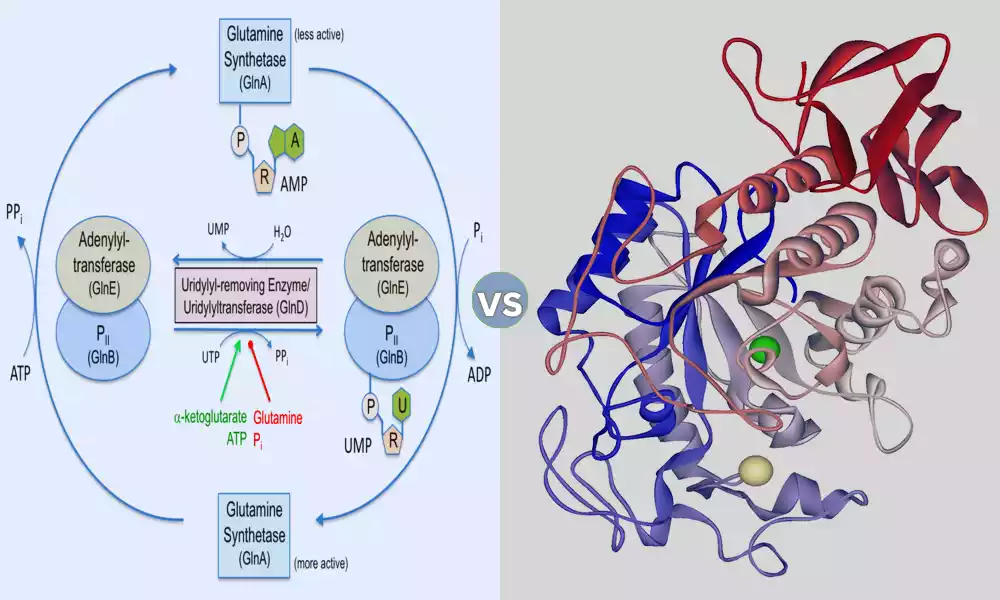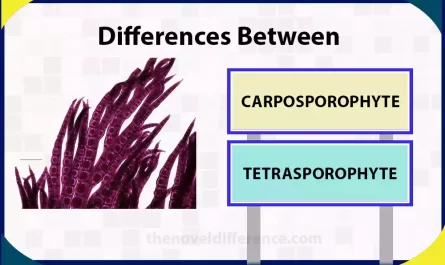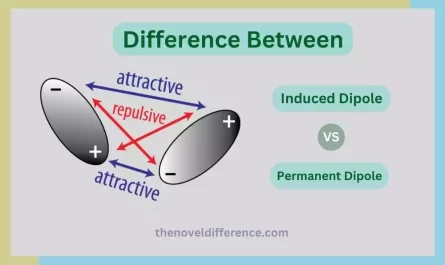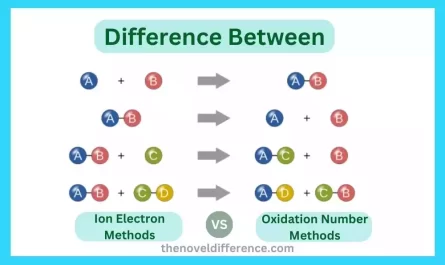Enzymes are like the superheroes of the body, making sure all the important chemical reactions happen at just the right speed. They come in different types, and two big ones are hydrolases and transferases.
A. Hydrolases: These enzymes are like the “break it down” experts. They help to split big molecules into smaller ones by using water. This process is called hydrolysis. Imagine you have a big Lego castle, and you want to take it apart. Hydrolases are the ones with the water guns that make the Legos come apart. They are crucial for digestion, metabolism, and signaling in your body.
B. Transferases: These enzymes are like the “move it” experts. They help transfer little parts, like amino groups, from one molecule to another. It’s like taking a cherry from one ice cream cone and putting it on another. Transferases are essential for things like making proteins, DNA, and processing sugar. They play a huge role in keeping your body running smoothly.
Both hydrolases and transferases are vital for your body’s everyday functions. They work with other enzymes to keep everything in balance. By understanding how they work, we can see how incredible the chemistry of life really is. Stay tuned as we dive deeper into these enzyme classes to uncover their secrets!
What is Hydrolases
Hydrolases are a type of enzymes that play a vital role in various biological processes. They are responsible for catalyzing hydrolysis reactions, which involve the cleavage of chemical bonds in molecules by adding a water molecule. In simpler terms, hydrolases help break down complex substances into simpler components by using water as a catalyst.
Hydrolases are essential for a wide range of functions in living organisms. They are involved in processes like digestion, where they help break down food components such as fats, proteins, and carbohydrates into smaller, more easily absorbed molecules. Additionally, hydrolases participate in cellular recycling and waste elimination and play a crucial role in regulating various cellular processes.
There are different subclasses of hydrolases, each specialized in breaking down specific types of bonds or molecules. Some common subclasses include esterases (which target ester bonds), proteases (which cleave peptide bonds in proteins), lipases (which hydrolyze lipids), and glycosidases (which target glycosidic bonds in carbohydrates).
In summary, hydrolases are enzymes that facilitate the breakdown of complex molecules into simpler ones by using water as a catalyst. They are essential for various biological and physiological processes, including digestion, cellular recycling, and the regulation of cellular functions.
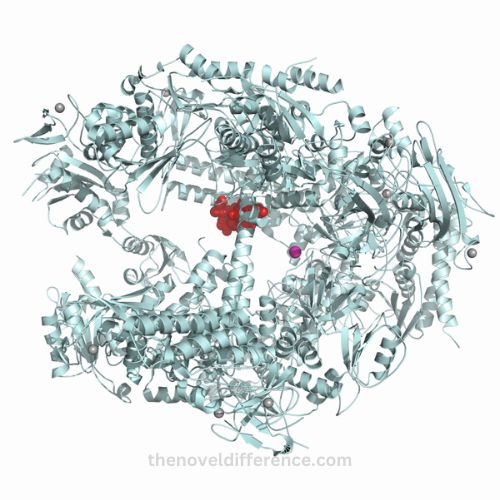
Function of hydrolases
Hydrolases are a crucial class of enzymes that facilitate the breakdown of complex molecules into smaller components through hydrolysis. This process is vital for various biological functions and is essential for maintaining the balance and proper functioning of living organisms.
Some key functions of hydrolases include:
- Digestion: Hydrolases play a pivotal role in the digestion of macromolecules in the digestive system. They help break down complex nutrients such as proteins, fats, and carbohydrates into simpler forms that can be easily absorbed and utilized by the body for energy and other essential functions.
- Metabolism: Hydrolases are involved in several metabolic pathways, aiding in the breakdown and utilization of biomolecules. They help break down carbohydrates, lipids, and other complex compounds into smaller units that can be utilized as sources of energy or as building blocks for various cellular processes.
- Waste Management and Recycling: Certain types of hydrolases are crucial for cellular waste management and recycling. They help degrade and eliminate unwanted cellular materials, including damaged proteins, organelles, and other cellular debris, ensuring the maintenance of cellular health and function.
- Cellular Signaling: Hydrolases are involved in regulating various cellular signaling pathways by modulating the activity of specific molecules. They can modify signaling molecules by removing or cleaving certain functional groups, thereby influencing the transmission of signals within cells and coordinating essential cellular activities.
- Detoxification: Some hydrolases are involved in the detoxification of harmful substances by facilitating their breakdown and elimination from the body. They help in the metabolism of various toxins, drugs, and foreign compounds, thereby protecting the body from potentially harmful effects.
Hydrolases are essential for maintaining the proper functioning of biological systems, and their diverse functions highlight their critical role in various cellular processes, including digestion, metabolism, waste management, cellular signaling, and detoxification.
What are Transferases?
Transferases are a class of enzymes that play a fundamental role in biochemical reactions by facilitating the transfer of specific functional groups, such as a methyl, phosphate, or glycosyl group, from one molecule to another. These enzymes are crucial for various cellular processes and metabolic pathways.
Here are some key points about transferases:
- Functional Group Transfer: Transferases catalyze the transfer of functional groups from one substrate molecule to another. The specific functional group transferred depends on the type of transferase. For example, methyltransferases transfer methyl groups, kinases transfer phosphate groups, and glycosyltransferases transfer sugar (glycosyl) groups.
- Biological Significance: Transferases are involved in a wide range of biological processes, including signal transduction, energy metabolism, and the synthesis of complex molecules. They play a critical role in the modification of biomolecules, which can have profound effects on cellular function and regulation.
- Examples of Transferases: There are numerous types of transferases, each with its specific function. Some common examples include:
- Kinases: These transfer phosphate groups (usually from ATP) to target molecules, often activating or deactivating them. For example, protein kinases are essential in cell signaling and regulation.
- Methyltransferases: These enzymes transfer methyl groups (CH3) to various molecules, including DNA, RNA, and proteins.
- Glycosyltransferases: These enzymes transfer sugar groups to other molecules, leading to the formation of complex carbohydrates, glycolipids, and glycoproteins. This process is crucial for cell recognition and adhesion.
- Acyltransferases: These enzymes transfer acyl groups, typically from acyl-CoA molecules, to substrates, playing a role in fatty acid metabolism and other lipid-related processes.
- Regulation: The activity of transferases can be tightly regulated to ensure proper control of biochemical pathways. Factors such as substrate availability, enzyme concentration, and
- post-translational modifications can influence their function.
- Drug Targets: Due to their involvement in various disease-related pathways, transferases are often targets for drug development. Inhibiting or modulating the activity of specific transferases can be a strategy for treating diseases and disorders.
Transferases are a diverse group of enzymes that are essential for numerous biological processes. They facilitate the transfer of specific functional groups between molecules, influencing cellular function, signaling, and metabolism. Their versatility and importance in various cellular processes make them a key focus of study in biochemistry and molecular biology.
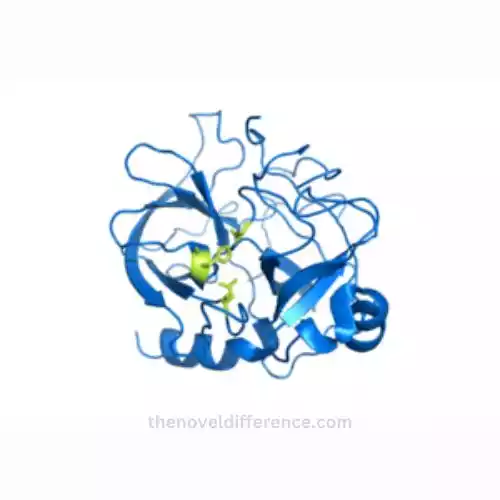
Function of transferases
Transferases are like the movers of the cell world. They’re special proteins that help transfer stuff from one place to another. Imagine them as tiny transporters, always busy doing important jobs.
Let’s explore their functions in simple terms:
- Moving Groups Around: Transferases are experts at moving chemical groups from one molecule to another. It’s like taking a piece from one puzzle and fitting it into another puzzle to create something new.
- Making Proteins: They play a key role in building proteins, the building blocks of life. Transferases help in connecting the right amino acids, like a chef assembling ingredients for a delicious dish.
- Energy Transfer: Transferases also help transfer energy within cells. Think of them as the energy carriers, ensuring that the cell’s power needs are met.
- Detoxification: In our body, transferases help to detoxify harmful substances. They convert toxins into less harmful forms, like turning a dangerous dragon into a friendly pet.
- Cell Signaling: These little workers also help with cell communication. They move chemical signals from one part of the cell to another, allowing the cell to respond to changes in its environment.
So, in a nutshell, transferases are the cellular movers and shakers, making sure everything gets to where it needs to be, all while helping build, energize, and protect our cells. They’re like the busy bees of the microscopic world, ensuring that life’s processes run smoothly.
Mechanism of action of transferases
The mechanism of action of transferases involves the transfer of chemical groups, such as atoms or functional groups, from one molecule to another. This process is essential for various cellular functions, including protein synthesis, cell signaling, and energy transfer.
Let’s break down the mechanism of action of transferases into simple steps:
- Substrate Recognition: Transferases are highly specific. They recognize their target substrates, which are the molecules they will work on. These substrates usually have a specific chemical group that the transferase can interact with.
- Binding: The transferase binds to both the donor molecule (the one with the chemical group to be transferred) and the acceptor molecule (the one receiving the chemical group). It’s like a matchmaker bringing the two molecules together.
- Transfer: The transferase facilitates the transfer of the chemical group from the donor molecule to the acceptor molecule. This transfer can involve the breaking and formation of chemical bonds. The transferase provides the environment and conditions for this to happen.
- Product Formation: After the transfer is complete, you now have two modified molecules. The donor molecule has lost the chemical group, and the acceptor molecule has gained it. This can lead to the creation of new compounds with different properties.
- Enzyme Reset: The transferase enzyme is usually not consumed in the process. It can be used repeatedly for similar transfer reactions, like a molecular worker with many tasks.
Here are a couple of examples to illustrate this mechanism:
- Aminotransferases: These enzymes transfer amino groups (NH2) from one molecule to another. For instance, they play a role in converting one amino acid into another during protein synthesis.
- Kinases: Kinases transfer phosphate groups (PO4) from one molecule, often ATP (adenosine triphosphate), to another molecule. This phosphorylation process is crucial in cell signaling and regulation.
Transferases are like the choreographers of chemical transformations in cells. They carefully orchestrate the movement of chemical groups, allowing cells to build, communicate, and carry out various functions effectively.
Key comparison chart of hydrolases and transferases
Let’s compare hydrolases and transferases in a simple and easy-to-understand chart:
| Characteristic | Hydrolases | Transferases |
|---|---|---|
| Function | Break down molecules by adding water to them. | Transfer chemical groups (like atoms or functional groups) between molecules. |
| Key Job | Help with digestion, breaking down big molecules into smaller ones. | Assist in various cellular processes, such as protein synthesis and energy transfer. |
| Typical Reaction | Hydrolysis reactions, where water is added to break bonds. | Transfer reactions, where chemical groups are moved from one molecule to another. |
| Examples | – Lipases break down fats into fatty acids and glycerol. <br> – Amylase breaks down starch into sugars. | – Kinases transfer phosphate groups in cell signaling. <br> – Aminotransferases move amino groups in amino acid metabolism. |
| Nature | Typically involved in catabolic processes (breaking things down). | Often involved in anabolic processes (building things up). |
| Importance | Critical for digestion and nutrient absorption. | Essential for various cellular functions, including protein synthesis and cell signaling. |
| Water Involvement | Hydrolases directly use water in their reactions. | Transferases don’t directly use water in their reactions. |
| Enzyme Ending | Often ends in “ase,” like amylase, and lipase. | Often end in “ase,” like kinase, and aminotransferase. |
Hydrolases are like the “breakers” that use water to split molecules apart, while transferases are the “movers” that shuffle chemical groups between molecules. Both types of enzymes play crucial roles in our bodies, with hydrolases aiding in digestion and transferases participating in various cellular functions.
Conclusion
The role of enzymes is crucial in metabolic processes. transferases and hydrolases are two kinds of enzymes which are responsible for catalyzing different kinds of reactions. Hydrolases initiate hydrolysis reactions which involve the addition of water molecules into the bonds, which results in the breaking down of the molecule. Likewise, transferases trigger transfer reactions where a functional molecule can be transferred from one molecular into another.
Understanding the distinction between transferases and hydrolases is vital to comprehend their functions in metabolic processes as well as the ways they are utilized in medical and biotechnology. While we investigate the mechanisms that enzymes play and transferases, we could discover new uses for these crucial biological catalysts.

